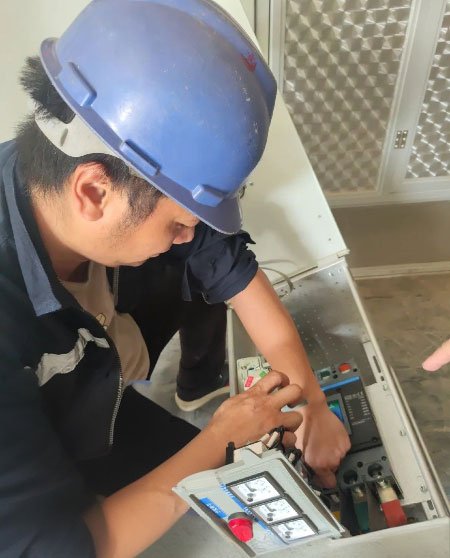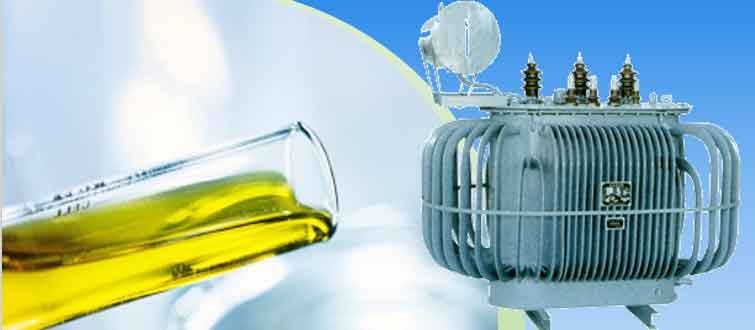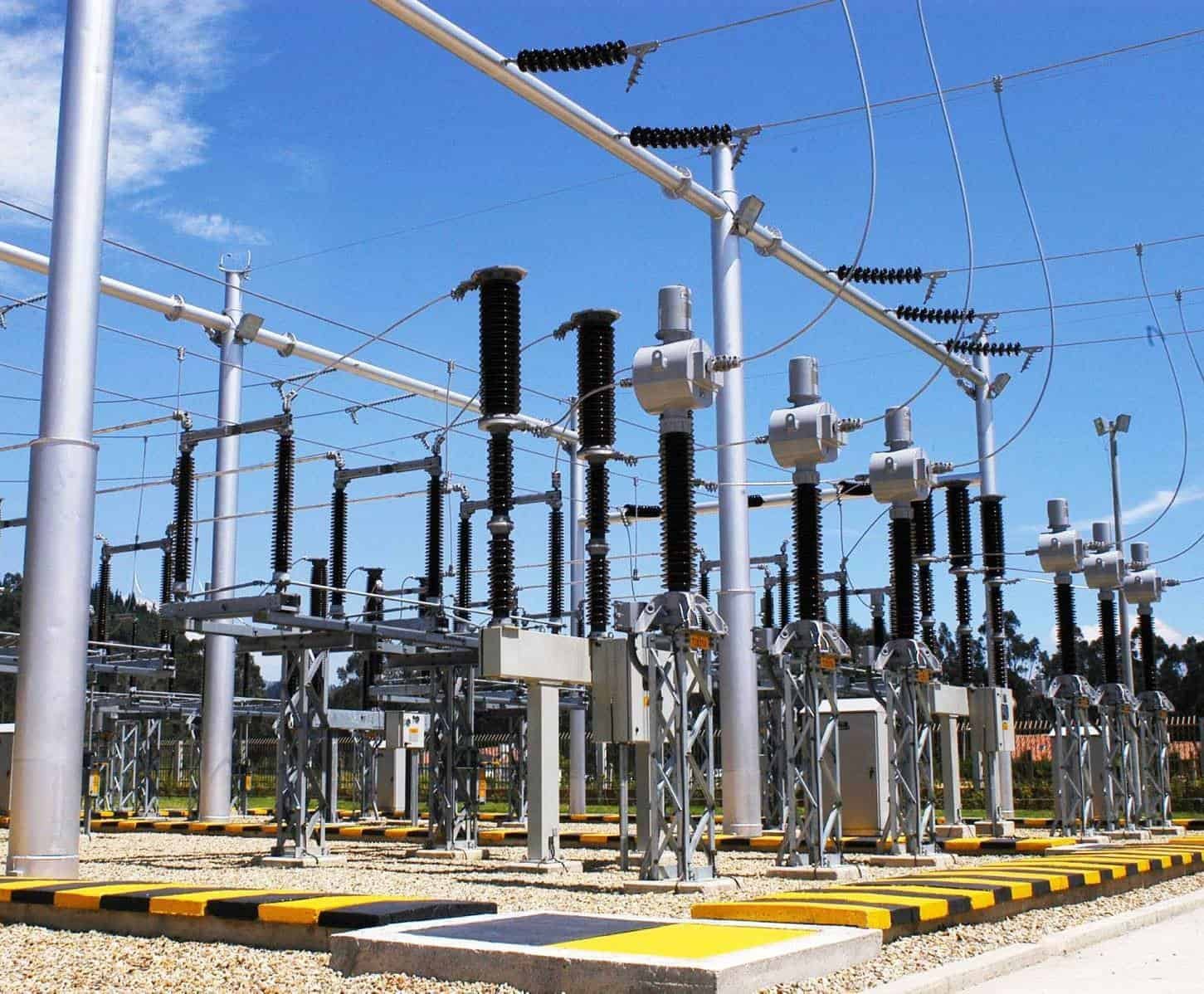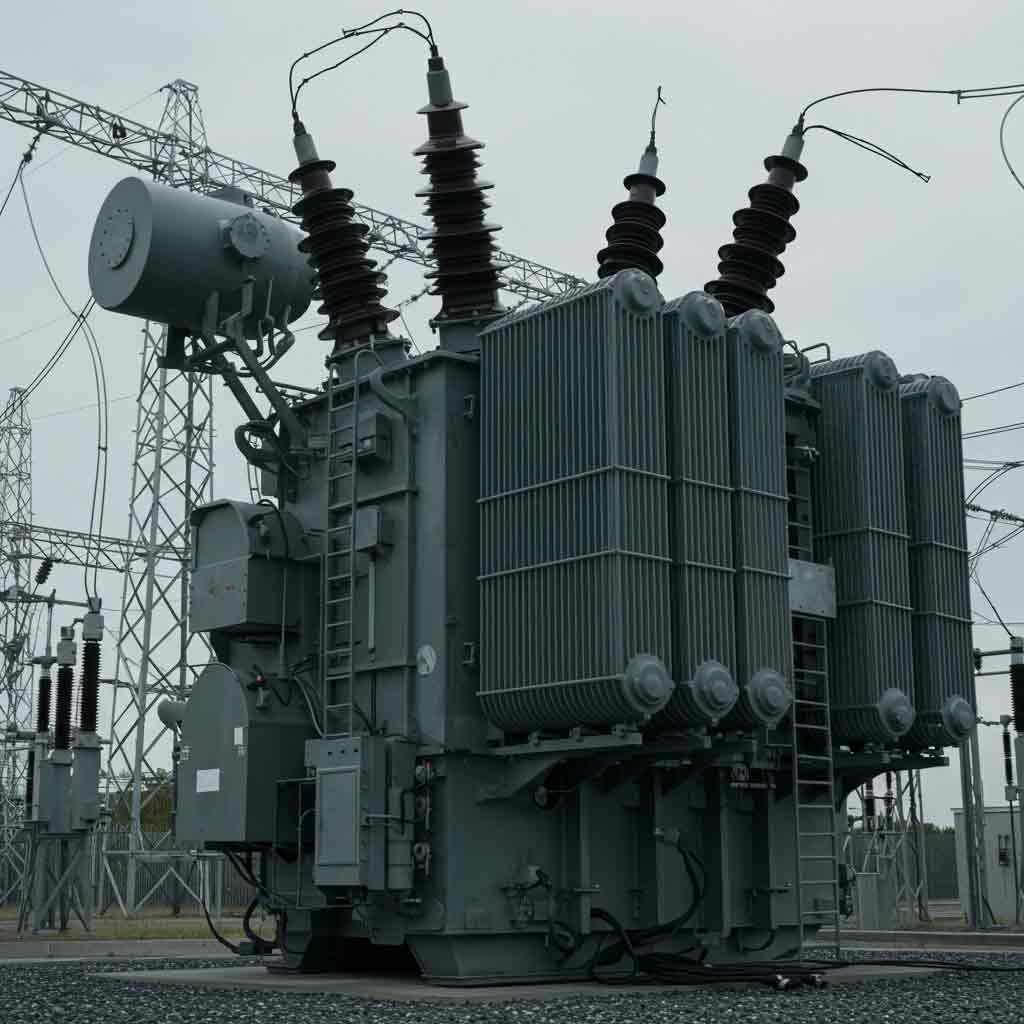You work hard to make sure your electrical systems are safe, but a hidden fault could cause a major failure. Primary injection testing is the best way to find these issues before they become disasters. Primary injection testing verifies the entire protection circuit, including wiring, current transformers, relays, and circuit breakers.
It involves injecting a high current directly into the primary conductors to simulate a real fault, ensuring everything works together as a complete system.
This is a critical step for commissioning and maintenance. This test gives you the confidence that your protective devices will operate correctly when they are needed most. But how does it differ from other tests? Let’s explore that next.
Primary injection test vs secondary injection test?
Choosing between primary and secondary injection testing can be confusing. Using the wrong one means you might miss a critical fault in your system. Primary injection tests the entire circuit, from the current transformer primary to the breaker’s trip coil.
Secondary injection only tests the protective relay and its wiring. Primary testing is more thorough, while secondary testing is faster and more focused on the relay itself. Let’s break down the differences in more detail to help you understand which test to use and when.
Dive deeper
Choosing the correct test method is vital for ensuring the reliability of your power system’s protection. The decision between primary and secondary injection testing depends on the scope and purpose of your test. Primary injection is a comprehensive system check, while secondary injection is a focused test on the relay’s logic. I have created a table below to show you the key differences.
| Aspect | Primary Injection Testing | Secondary Injection Testing |
|---|---|---|
| Purpose | To verify the performance and wiring of the entire protection system, including CTs, relays, and circuit breakers. It simulates a real-world fault. | To test the functionality and settings of the protective relay in isolation. It does not test the CT or the main circuit breaker components. |
| Current Level | Very high current (hundreds or thousands of Amps) is injected into the primary conductor (e.g., the main busbar or cable). | Low current (typically 1A to 100A) is injected directly into the secondary side (terminals) of the protective relay. |
| Equipment Tested | The complete current path: Current Transformer (CT), all wiring, relay trip circuit, and the circuit breaker’s trip mechanism. | Only the protective relay and its associated trip output wiring. The CT and the primary circuit are not part of this test. |
| Complexity & Time | More complex, time-consuming, and requires the primary circuit to be de-energized and isolated. It also requires a larger, heavier test set. | Simpler, faster, and can sometimes be performed while the primary circuit is still energized (with extreme caution and proper procedures). |
| Common Use Case | Commissioning new substations, after major repairs or modifications to the switchgear, or during comprehensive maintenance checks. | Routine annual or periodic maintenance of protective relays, verifying relay settings after a change, or for quick troubleshooting. |
When is primary injection testing required?
You know primary injection testing is important, but doing it unnecessarily wastes time and money. Knowing exactly when this test is required helps you plan your maintenance schedule effectively. Primary injection testing is required during the commissioning of new substations, after major equipment replacement or modification, and as part of critical periodic maintenance.
It’s also essential for troubleshooting when a protection system fails to operate correctly during a real fault event. ! Let’s look more closely at the specific situations where this comprehensive test is non-negotiable for ensuring the safety and reliability of your power system.
As a manufacturer, we at KV HIPOT always advise our clients to perform primary injection testing at critical stages of a power system’s life cycle. It’s the only way to be completely sure that the entire protection chain is ready to act. Skipping this test in certain situations can lead to catastrophic failures. I have outlined the most critical scenarios where this test is absolutely necessary.
| Scenario | Why Primary Injection Testing is Required |
|---|---|
| New Substation Commissioning | This is the most critical time for primary injection testing. It’s the final proof that the entire protection system, as designed and installed, works correctly. It verifies CT ratios, polarity, wiring, and the mechanical operation of the circuit breaker under simulated fault conditions before the system goes live. |
| After Major Equipment Replacement | When a circuit breaker, current transformer, or protective relay is replaced, you must verify that the new component integrates correctly with the rest of the system. Primary injection testing confirms that all connections are correct and the new setup performs to specification. |
| After System Modifications or Upgrades | If you change relay settings, upgrade wiring, or alter the switchgear configuration, you have changed the protection system. A primary injection test is necessary to validate these changes and ensure the system’s coordination and protection integrity have not been compromised. |
| Investigating a Malfunction | If a circuit breaker fails to trip during a fault, or trips when it shouldn’t, primary injection testing is a key diagnostic tool. It can help pinpoint the exact location of the failure, whether it’s a faulty CT, incorrect wiring, a bad relay, or a mechanical issue with the breaker. |
| High-Importance Periodic Maintenance | For critical infrastructure like hospitals, data centers, or main grid substations, primary injection testing may be part of a comprehensive maintenance program (e.g., every 5-10 years). This is to proactively identify any degradation in the system that a simpler secondary test might miss. |
The Introduction of the Current Injection Tester
You can’t perform a primary injection test without the right tool. Using inadequate or poorly understood equipment can be dangerous and give you misleading results. A primary current injection tester is a specialized piece of equipment designed to generate the high currents needed for this test. It consists of a power source, a regulator to control the output, a heavy-duty step-down transformer to produce high current at low voltage, and a measurement unit to record current and time.
Primary injection test set is an essential equipment for testing high-current device in electric test, which is used in power plants, distribution stations, electrical manufacturing and research institutes. It is small size, light weight, good performance, easy use and maintenance.

At my factory, KV HIPOT, we design and build primary current injection testers to be both powerful and user-friendly. The core principle is to safely transform mains voltage into a very high, controllable current. Knowing how the main parts of the tester work together is important for any technician who uses one.
Core Functions
- High Current Output: Capable of generating both AC and DC high current, ranging from hundreds to tens of thousands of amperes, to simulate extreme conditions such as short circuits and overloads.
- Parameter Measurement: Simultaneously measures key parameters under high current conditions—including voltage, resistance, and temperature rise—to assess compliance with design specifications.
- Performance Evaluation: Evaluates conductivity, thermal stability, and mechanical strength of equipment by applying continuous or short-duration high current, verifying capabilities such as switch operation and cable current-carrying capacity.
- Safety Protection: Equipped with overcurrent, overvoltage, and overtemperature protection features to prevent equipment damage or safety incidents caused by excessive test current or device malfunction.
Conclusion
Primary injection testing is a fundamental process for ensuring your electrical protection systems are reliable. It verifies the entire circuit, giving you peace of mind that your equipment will work when it matters most.






